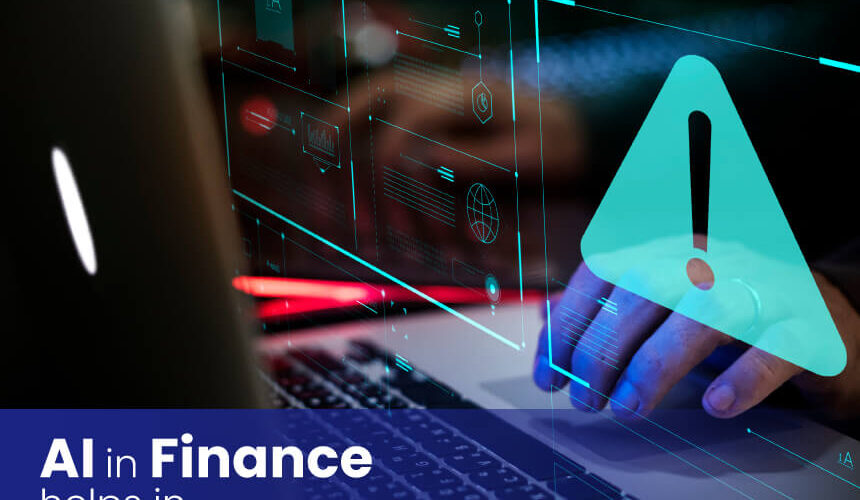Artificial intelligence (AI) has risen to prominence in recent years across many industries, with businesses recognizing its usefulness. As per a recent analysis from the Reserve Bank of India, the banking and financial services (BFS) sector can gain significantly from using artificial intelligence (AI) in answer to an RTI petition linked to bank fraud. According to official data, banks in India reported fraud totaling 4.922 trillion rupees as of March 2021. The banking and financial services (BFS) industry needs more robust monitoring and management solutions, with a phenomenal surge in fraudulent behaviors by harmful actors. We can make it work in five ways, all of which rely on technology to improve security and management in the sector.
User Behavior Is Constantly Monitored
With data breaches and cyberthreats on the rise, adopting advanced analytics to spot potentially harmful activities can help maintain a secure online banking experience. Continuous user behavior monitoring can help banks detect anomalies more quickly and efficiently, allowing them to take corrective action before end users are harmed, and regulators intervene.
Banks can create user behavior patterns and identify whether a transaction is typical for a user or raises suspicion by using a continuous monitoring strategy. Banks can provide a more user-friendly experience by removing additional verification steps for routine transactions while keeping them in place for questionable transactions. As a result, the attack surface is reduced, lowering the chance of losses while improving the user experience.
Compliance And Risk Management
Although issuing credit is a significant role of banks, it has always been viewed as a risk. Banks often rely on extensive previous credit data to assess an applicant’s loan risk. AI-assisted underwriting gives banks a more detailed picture of borrowers, allowing them to make more informed loan decisions.
It brings together structured and unstructured data and big and traditional data. To improve the accuracy of credit card fraud detection, AI and analytics-aided algorithms can detect aberrant behavior, provide multivariate forecasting, and improve risk control.
Banks may utilize Artificial intelligence (AI) to keep an eye on declining returns, gain better visibility on risks, address data management challenges, prevent company expertise, and speed up credit decisions as AI becomes more ubiquitous.
Screening For Money Laundering
Money laundering, or the process of taking illegally obtained funds and making them look to have come from a legitimate source, has become more common in recent years. The technology used to detect money laundering-related suspicious activity improves and becomes more accurate. Government systems and important financial institutions can benefit from machine learning (ML) combined with deep knowledge to monitor for possible fraudulent activities. These technologies aid in the improvement of alert quality.
Cash Flow Forecasting That Is Accurate
A cash flow projection is a critical component of decision-making in the financial industry. When a company uses Artificial intelligence (AI), it learns the cash flow patterns over time and delivers a precise prediction unique to that company. Thanks to artificial intelligence, users will find it predicted to be accurate and straightforward.
Using OCR Methods To Automate Procedures
In the banking industry, robust optical character recognition (OCR) engines can be used to recognise printed letters and characters and digitally duplicate them for later use. Banks can use OCR to scan paper applications, manage bank statements, identify and alert a human about new text arrangements, and precisely digitize personal information on ATM cards so that a security system can check it. This allows the bank to digitize records, automate bills, and reduce the risk of human error.
Conclusion
Businesses in the financial services sector that rely on data-driven technologies and artificial intelligence (AI) are changing how we deal with money. Artificial intelligence and machine learning (AI/ML) are the future technologies. The power of advanced data analytics will be unleashed by embracing digitization and Artificial intelligence (AI) to combat fraudulent transactions and improve compliance. On the other hand, manual modifications can obscure the data’s valuable insights and have a significant impact on the forecast’s realistic or successful usability.
To know more about artificial intelligence (AI) in your business, contact the ONPASSIVE team.
Source link




